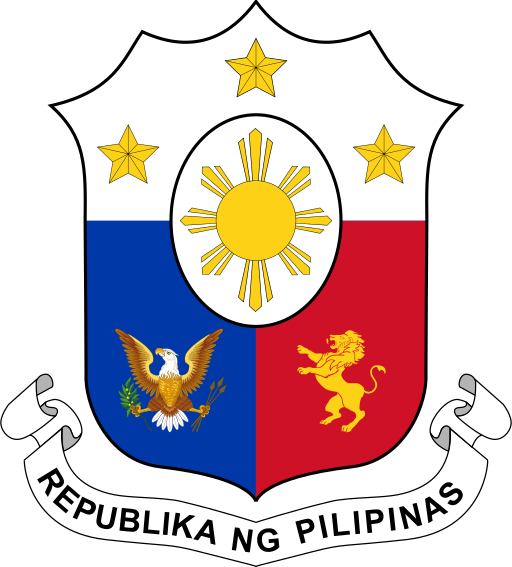THE DBM STORY
The story of the Department of Budget and Management (DBM) interlinks with the development of the Philippine budgeting system; as government budgeting evolved, so did the Department.
Creation of the Budget Commission. As the agency accountable for “carrying out the President’s responsibility of preparing the budget,” the DBM dates back its institutional history to its birth as the Budget Commission on April 25, 1936 with the issuance of Executive Order No. 25 by Commonwealth President Manuel L. Quezon. The National Assembly certified the creation of the Commission on September 30, 1936.
The establishment of the Philippine Commonwealth formally created a Budget Office, initially under the Department of Finance. This Office was eventually subsumed into the Budget Commission created in 1936.
A new Budget Office created within the Commission, by virtue of Administrative Order No. 1 dated May 11, 1936, served as executive arm of the Commission.
The Budget Commission, under the President’s direct supervision and control, was a triumvirate composed of the Director of the Budget Office as Chairman and Executive Director, the Director of the Civil Service, and the Auditor General.
First budget law. Commonwealth Act No. 246, the first budget law (passed on December 17, 1937 and took effect on January 1, 1938), provided for a line-item budget as the framework of the government’s budgeting system. Calling for a “balanced budget,” the system emphasized the task of the Commission “to tie up the proposed expenditure with existing revenues.”
Revised Budget Act of 1954. It was not until the passage of Republic Act No. 992, or the Revised Budget Act of 1954, that the practice of placing importance on control and itemization of proposed expenditures of agencies, in effect for more than 15 years, gave way to budgetary reforms.
RA 992 introduced the performance budgeting system and put emphasis on budgetary programs and activities and on expected results. Its passage on June 4, 1954 abolished the triumvirate under EO 25, replacing it with the Office of the Budget Commissioner. The law enhanced the role of the Budget Commission as the fiscal arm of the government.
Reorganization Act of 1954. The Reorganization Act of 1954 (RA 997) created the Government Survey and Reorganization Commission (GSRC) to reorganize government. It defined the first major organizational structure of the Budget Commission.
Integrated Reorganization Plan of 1972. Eighteen years later, Presidential Decree No. 1, or the Integrated Reorganization Plan (IRP) of 1972, reorganized the Executive branch extensively. The Budget Commission remained under the President for administrative policy and program coordination.
Budget Reform Decree of 1977 and other laws. A series of other laws followed PD 1, notably PD 1177 or the Budget Reform Decree of 1977, which prescribed the “form, content, and manner of preparing the budget.” PD 1177 strengthened the planning, programming, and budgeting linkages; and introduced a regionalized budget supportive of a region-based government structure.
On June 11, 1978, Presidential Decree No. 1405 converted the Budget Commission into the Ministry of the Budget and gave its head the rank and status of a Minister and member of the Cabinet. Under the parliamentary form of government, the Minister of the Budget automatically chaired the Committee on Appropriations and Reorganization in the Batasang Pambansa.
Three years later, on July 28, 1981, Executive Order No. 711 was issued reclassifying/renaming the Ministry of Budget into the Office of Budget and Management (OBM), its head retaining the rank of a Cabinet member.
Revised Administrative Code of 1987. Executive Order 292, or the Revised Administrative Code of 1987, provided for major organizational subdivisions of the OBM which has been converted into the Department of Budget and Management. It likewise stipulated the Department’s responsibilities (formulating and implementing the National Budget and ensuring the efficient and sound utilization of government resources to achieve the country’s development objectives) which are still being followed to this day.

